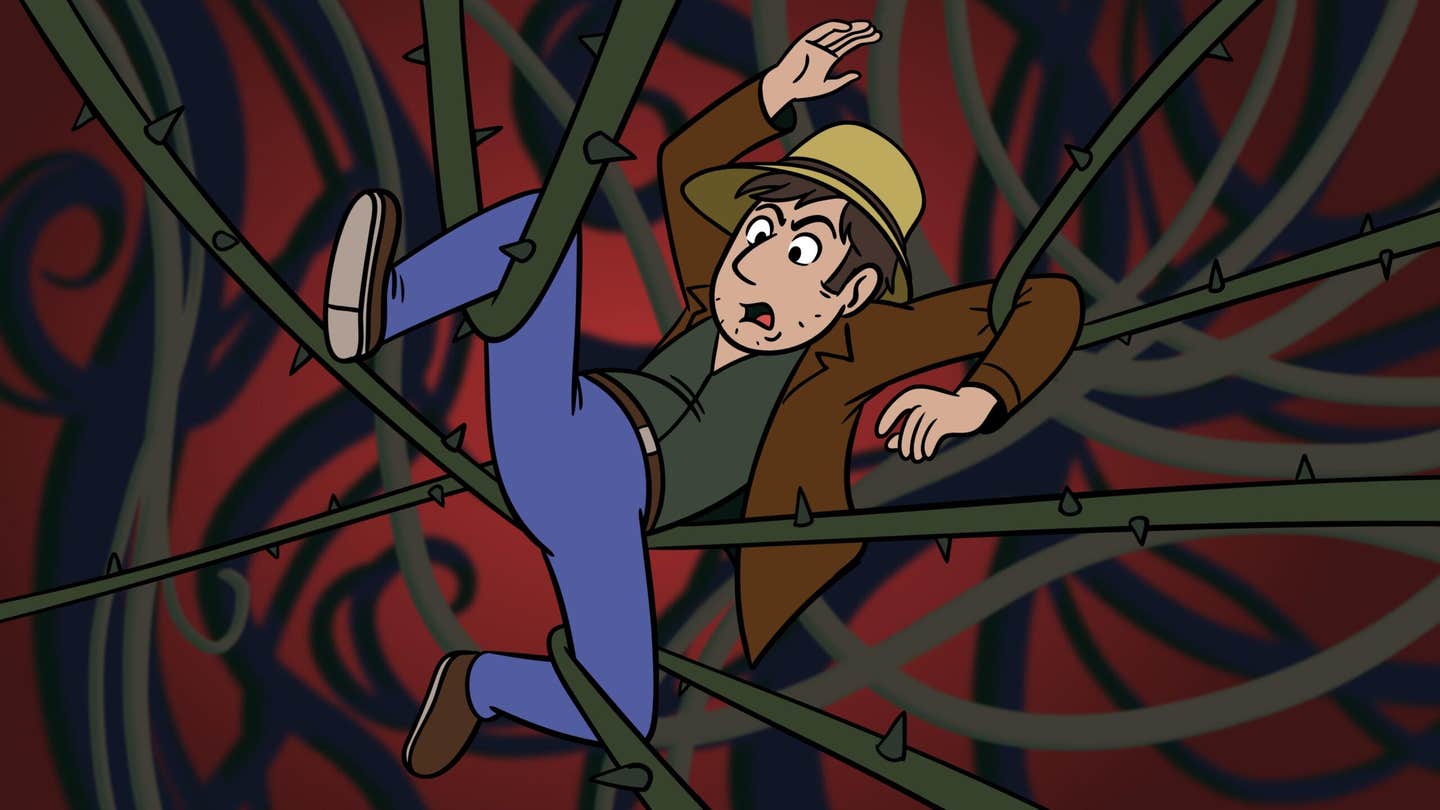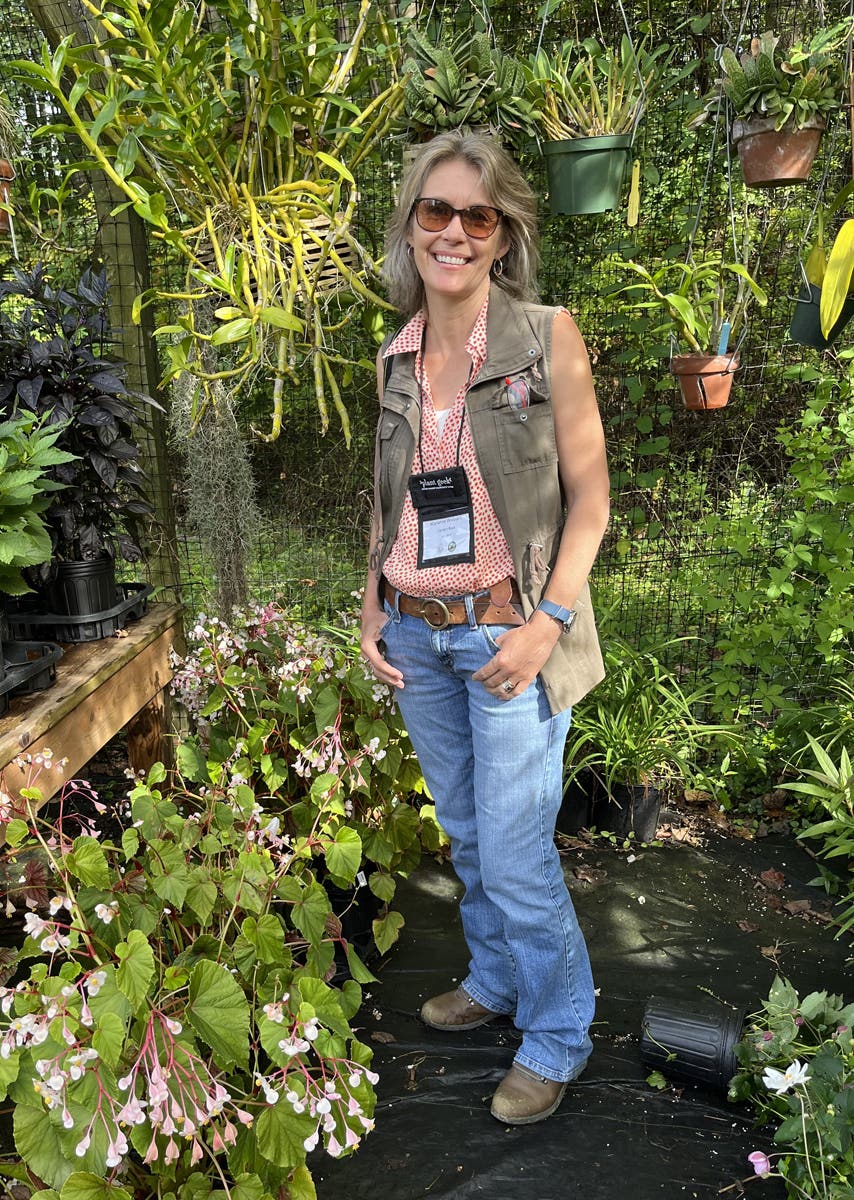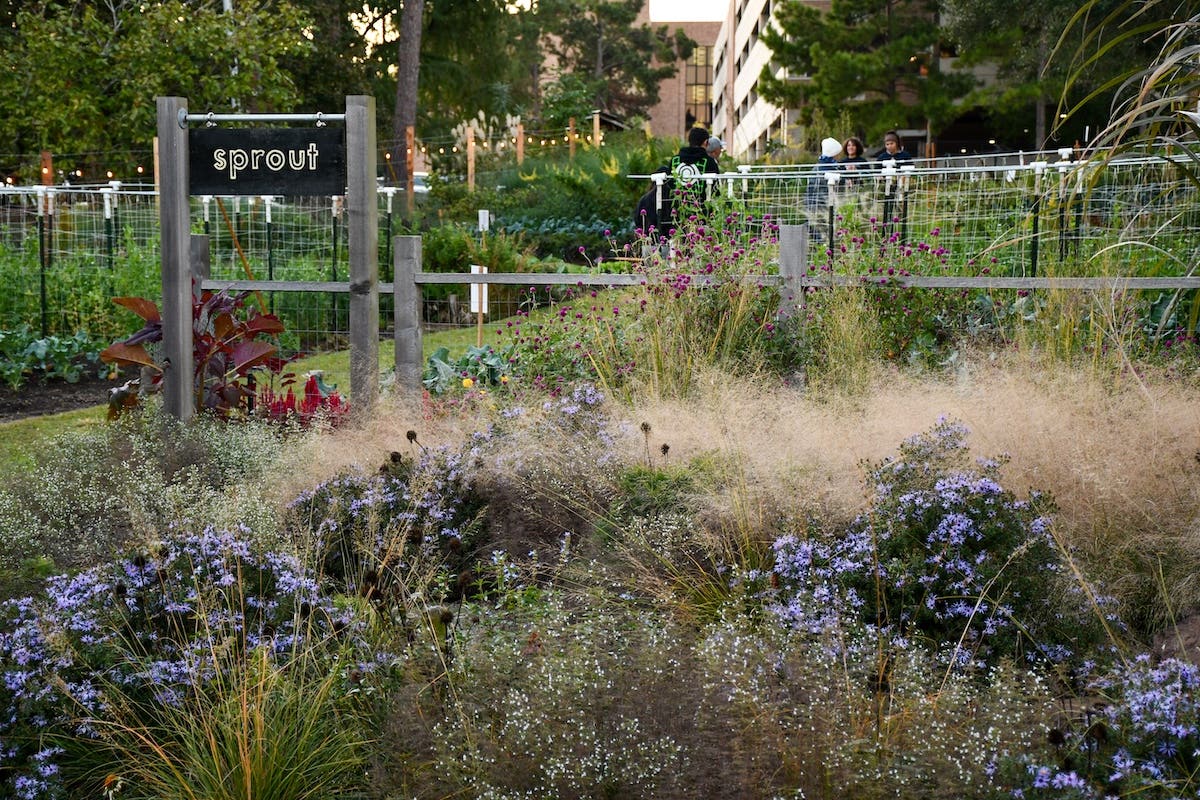Adventures of a Landless Gardener When to Say When—Planting the Secret Garden
Adventures of a Landless Gardener Perennial gardening has a tricky side: the need for patience. Tucked alongside all of its wonderful perks such as returning plants, exceptional foliage, plants you…
Adventures of a Landless Gardener
Perennial gardening has a tricky side: the need for patience. Tucked alongside all of its wonderful perks such as returning plants, exceptional foliage, plants you can divide and share one must have an abundance of patience. Generally, perennial gardens look really good come the third year, when all the plants have had time to get established and grow. It’s the third year that your master design plan really comes to fruition. The first year you are focused on prepping the soil and planting like mad. The garden looks better just from a little care and attention. But the second year—it is sort of a hard patch, at least for me.
Like most gardeners, I do not have the resources to plant all the plants the first year that will eventually find their way into the garden. I have to go at it in stages. Also, we have to leave space for perennials to grow to their mature size. And this leaves us with gaps, little and sometimes generous spots of dirt yet to be planted. These areas leave me feeling unsettled. This is a public garden and I want it to look fabulous right out of the gate but that’s not realistic in true gardening sensibility.
Enter the Annuals
So I am shifting gears to more annuals now. Along the back wall, in the shadiest area of the garden, I am adding a generous amount of white impatiens. Not only is the impatient a classic shade plant, but it looks stunning with a brick backdrop and the white flowers draw the eye in and add brightness to an otherwise dark area of the garden.
As I wait for hostas, Rodgersia and Ligularia to fill in (and I know they will), begonias with pale pink flowers are tucked in the nooks and crannies. The instant splash of color and the general appeal of flowers are welcome in the garden. A shady courtyard garden such as this can be one with a strong green palette. The touches of blooms break up the monotony and draw in the pollinators, too.
Helpful tip: If you are working in a large space such as this, and you have areas you cannot plant with perennials, clear the area of unwanted plants (for me it’s English ivy and an assortment of weeds), plant with some annuals and mulch. Exposed soil and weeds looks unkempt and neglected and will detract from your evolving garden design.







